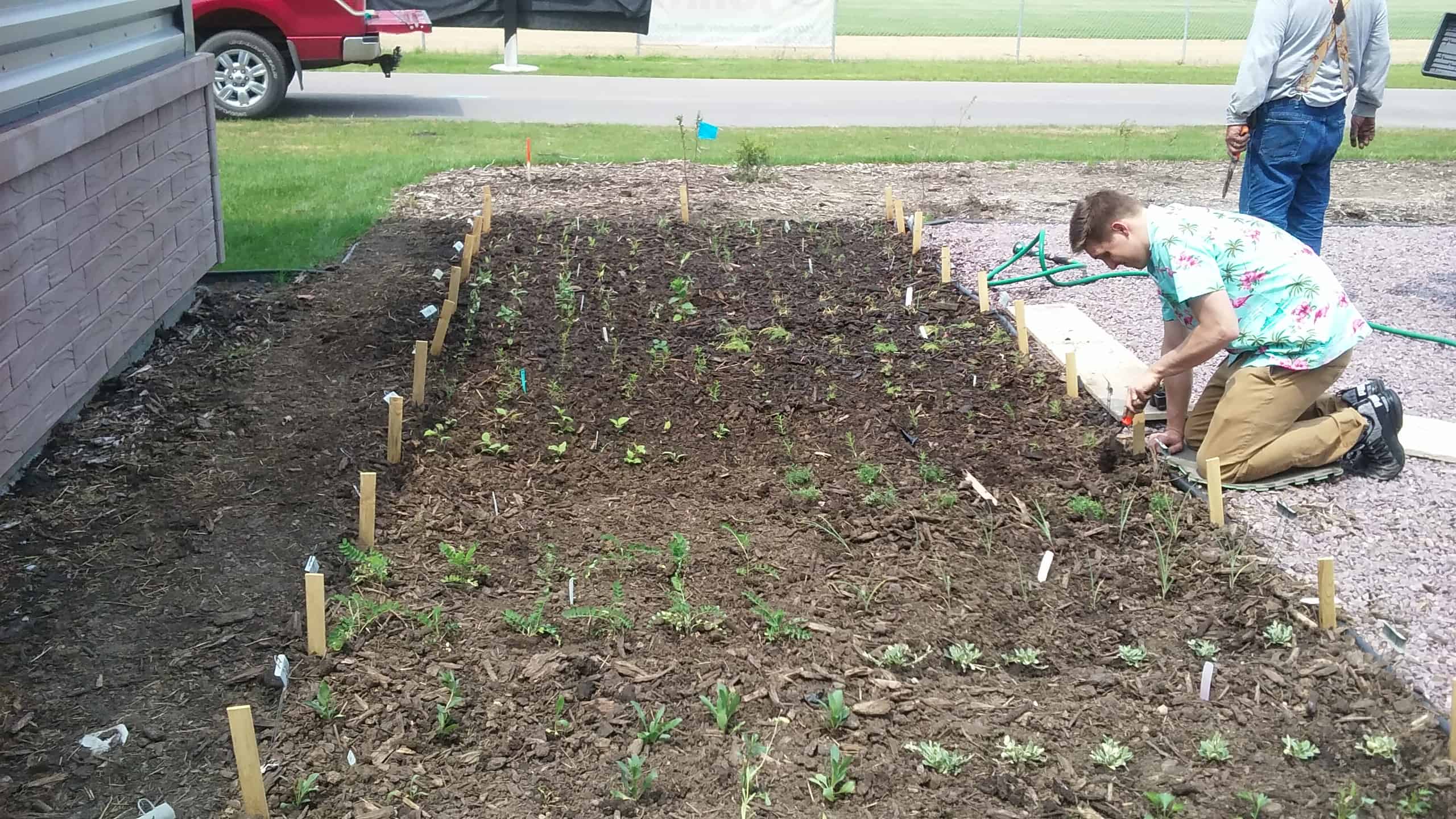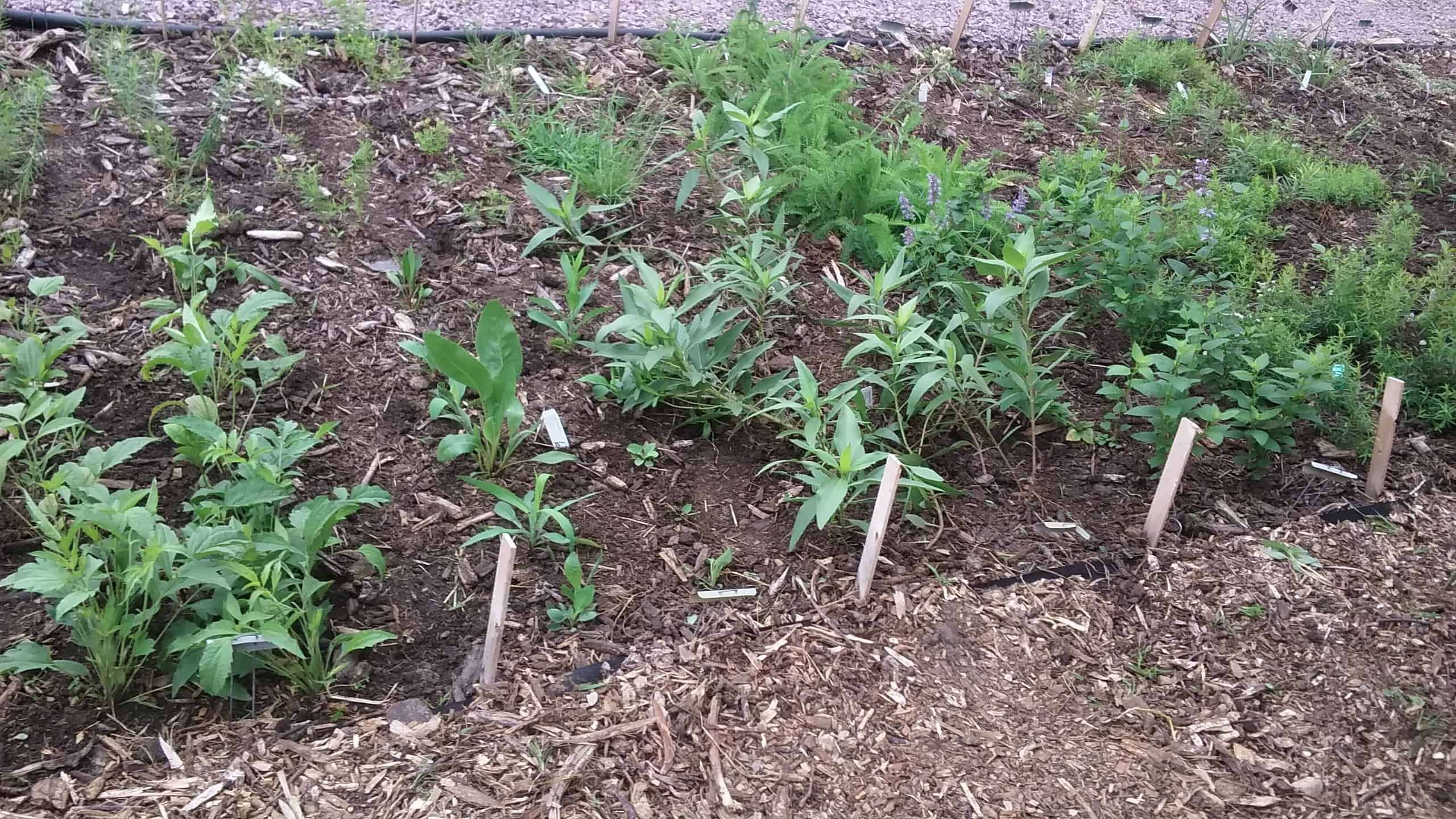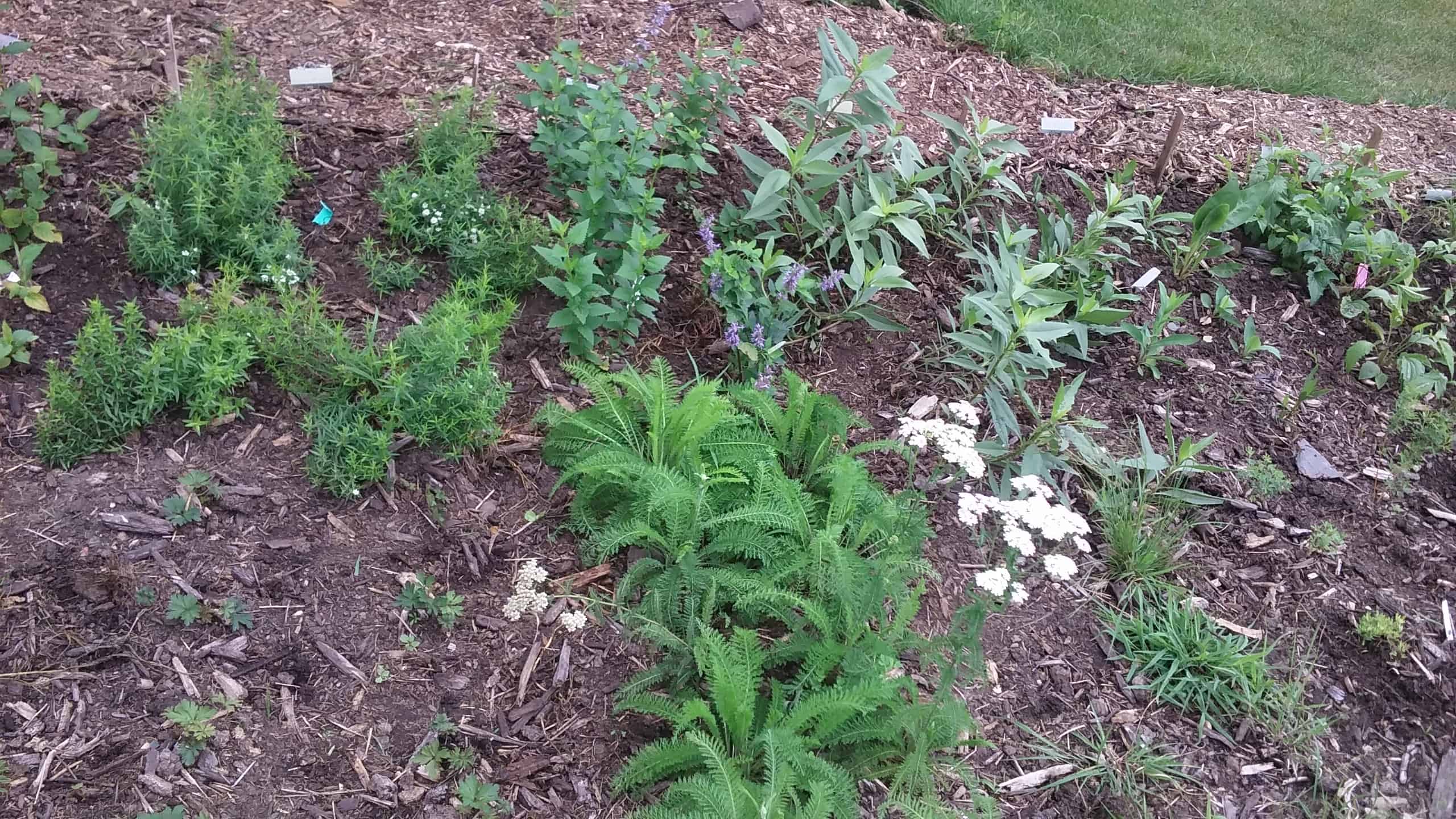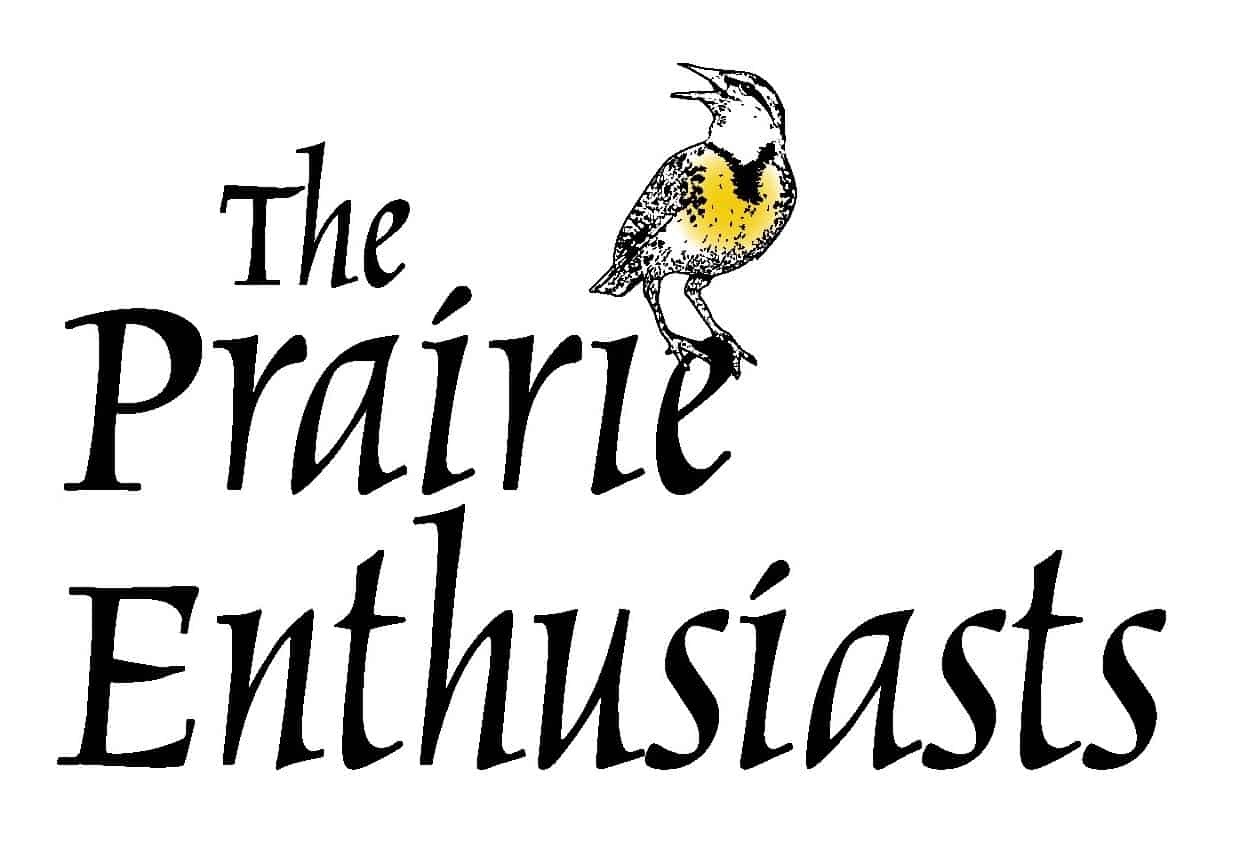
Milkweed for Monarchs ’19
This past winter the monarch butterfly populations overwintering in northern Mexico increased significantly for the first time in recent years. The butterflies used over 6 hectares of land at their winter roosting sites. This is significant, as the goal of the Mid-American Monarch Conservation Strategy is to increase the average to around 6 hectares of use each year. A one year increase does not significantly increase the overall average. Implementing the conservation strategy to increase milkweed populations by billions of stems over the next decades is the single biggest driver to help sustain the monarch populations. Hopefully this strategy will keep the monarch butterfly from becoming listed under the Endangered Species Act.
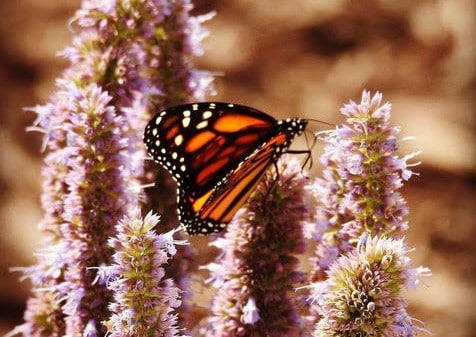 In 2014 the US Fish & Wildlife Service (US FWS) was petitioned to consider listing the monarch as an endangered species. The US FWS was supposed to make their listing decision by this past June 2019. The listing decision has now been delayed until December 2020. You can read more about this decision here: The decision primarily seeks to obtain another over-winter measurement of how many hectares the butterflies use to include in its listing decision.
In 2014 the US Fish & Wildlife Service (US FWS) was petitioned to consider listing the monarch as an endangered species. The US FWS was supposed to make their listing decision by this past June 2019. The listing decision has now been delayed until December 2020. You can read more about this decision here: The decision primarily seeks to obtain another over-winter measurement of how many hectares the butterflies use to include in its listing decision.
Since 2017, TPE members, chapters, and conservation partners have collected over 120 pounds of milkweed seed. The seed is being used in restoration efforts to enhance prairie plantings throughout the upper Midwest, and directly implementing the conservation strategy to increase monarch populations in the years ahead.
Now that we have another season of milkweed seed to collect, it is crucial to keep this program going. Implementing the monarch conservation strategy by planting milkweed seed is the single most important activity that we can do while waiting on an endangered species listing decision by the end of 2020.
TPE’s Milkweed to Monarchs ‘19 gives members and volunteers a Grassroots Conservation in Action approach to monarch recovery efforts. This is something practical that every one of us can do this is year, and every year, to contribute towards monarch butterfly sustainability.
All you need to do is collect your milkweed seeds this fall and share it with TPE to helping plant more habitat for monarchs through its chapters, landowners and local conservation partners.
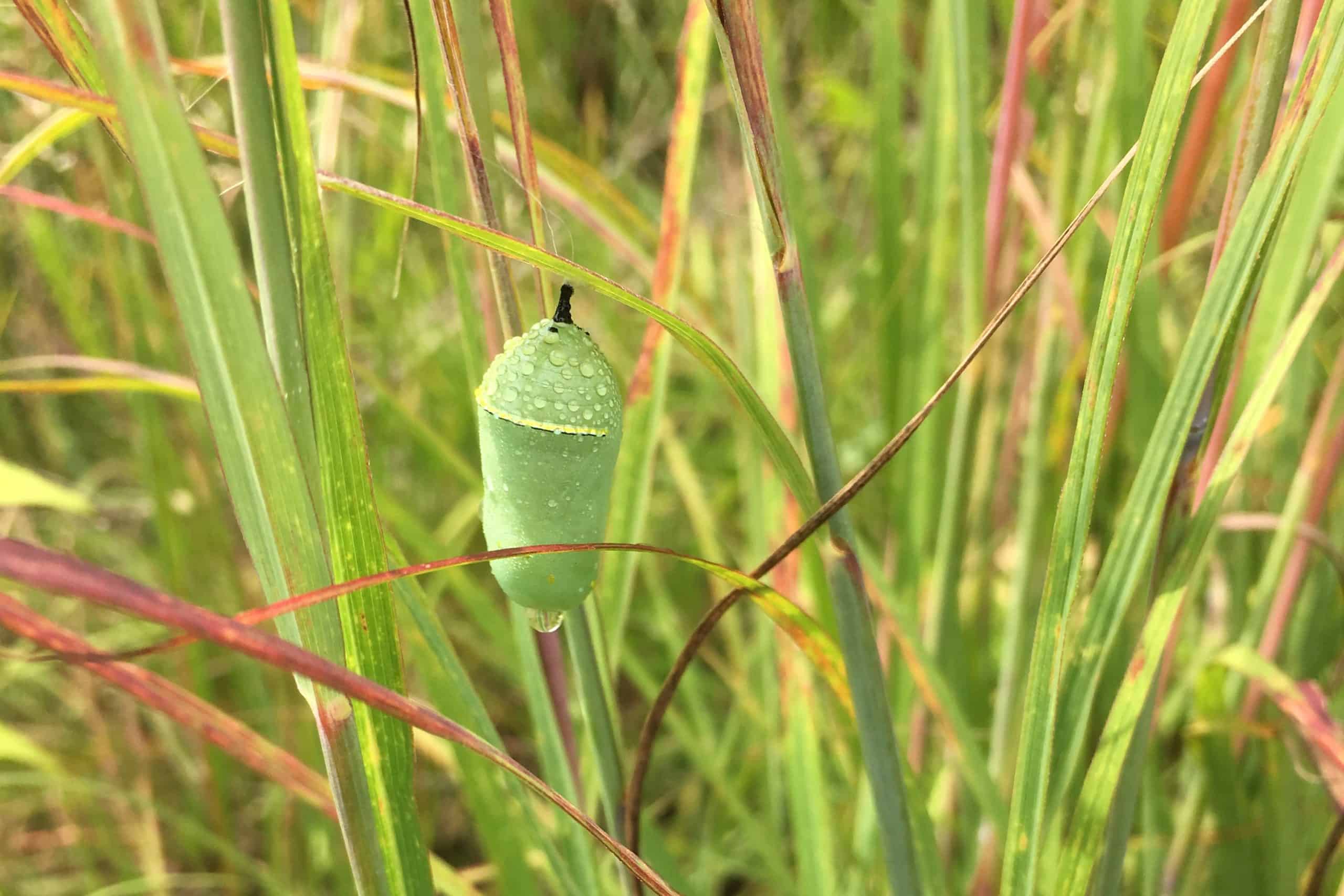 Here is what we need you to do:
Here is what we need you to do:
- Collect milkweed seed pods by species & note where you collected the seed from. This is best done in September when the pods are green but have started to split open, making the seed easier to clean.
- Process the seed to remove the pod & husk and collect the cleaned milkweed seed. This is also easiest done this month as the seed can easily be removed from the rest of the plant by hand. Watch Bill Cater of Prairie Moon Nursery to see how this is done. There are also some mechanical means of cleaning the seed, See the seed processor.
- Mail (or drop off) your seed to TPE’s office. If you decide to collect significant amounts of milkweed pods weighting dozens of pounds, please contact us to discuss coordinating cleaning of seed in bulk together.
Any interested members, volunteers, or groups interested in picking and cleaning milkweed seed can contact Chris Kirkpatrick, Executive Director at 608-638-1873 or executivedirector@theprairieenthusiasts.org. Seed can be delivered in person or by mail to TPE’s office at: 110 S. Main St., PO Box 824, Viroqua, WI 54665.
Pictures by: Becky Wolter, Brad Keith, and Lydia Martin

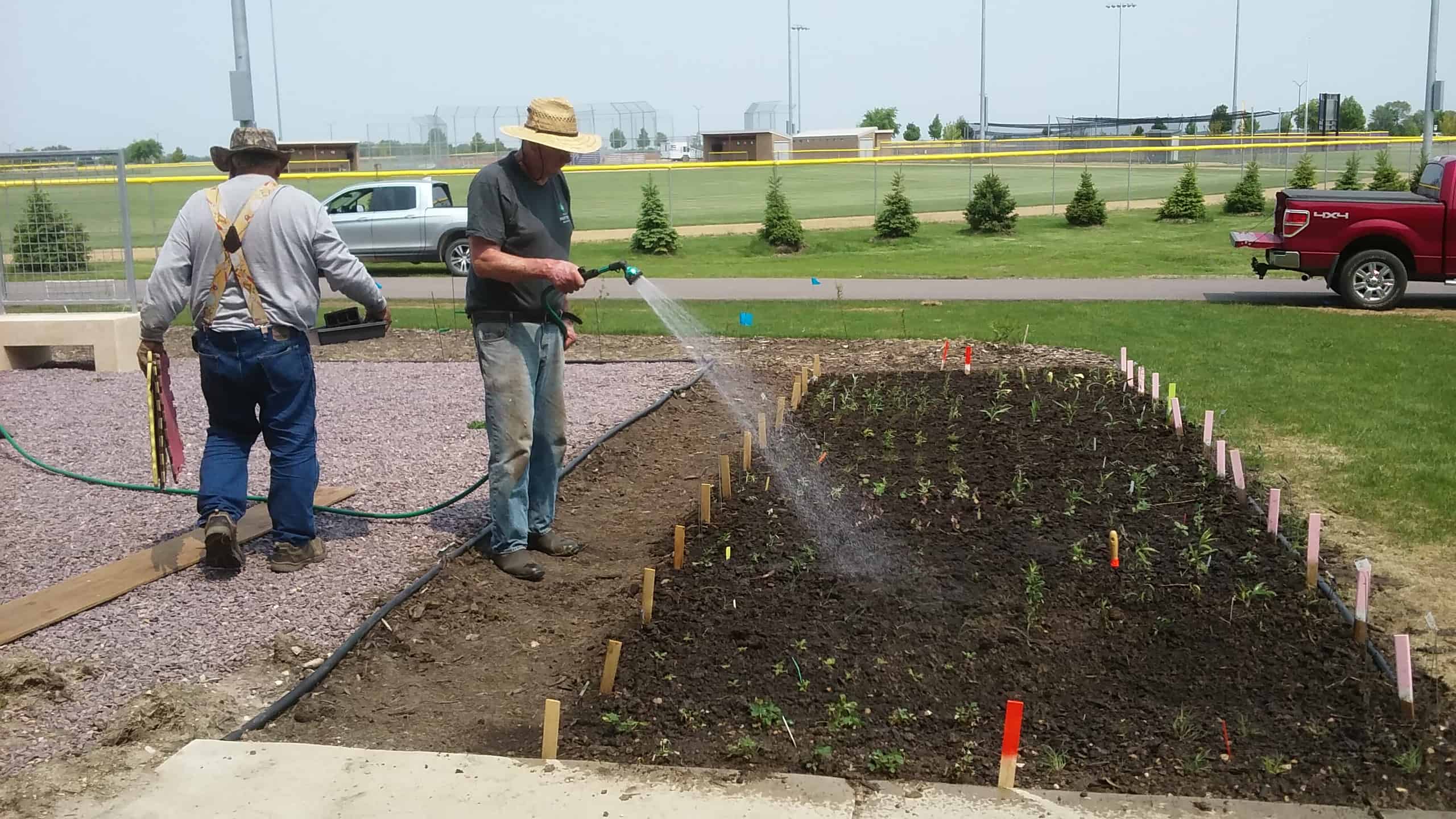 Gremmels was looking for help. Our chapter worked with her, and over that summer we coordinated the clearing (Roundup) of about ¾ of one of the lots. That fall, fellow chapter member Henry Panowitsch and I broadcast seeded the plot with a mix of grasses and forbs. As expected, 2018 produced a typical first-year prairie project – a not-so-beautiful prairie. There were signs of desired plants, however, and this spring (2019) we mowed it. We are anxious to see what comes up and mow again throughout the growing season. We may add some seedlings or transplants.
Gremmels was looking for help. Our chapter worked with her, and over that summer we coordinated the clearing (Roundup) of about ¾ of one of the lots. That fall, fellow chapter member Henry Panowitsch and I broadcast seeded the plot with a mix of grasses and forbs. As expected, 2018 produced a typical first-year prairie project – a not-so-beautiful prairie. There were signs of desired plants, however, and this spring (2019) we mowed it. We are anxious to see what comes up and mow again throughout the growing season. We may add some seedlings or transplants.